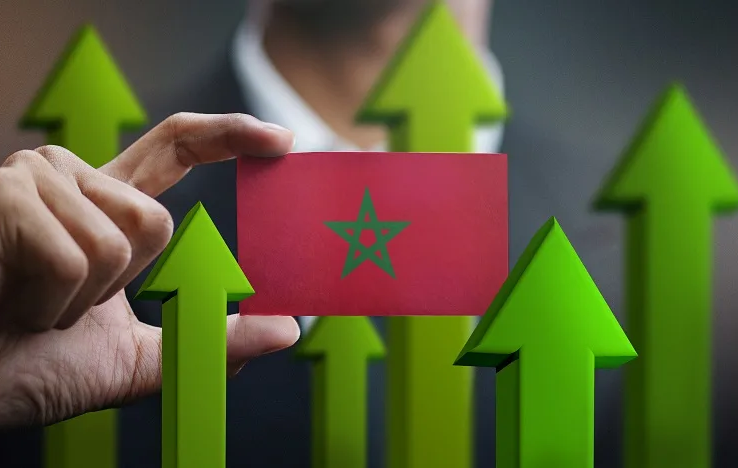Rabat – Morocco’s economy is poised for stronger growth in the coming years, with real GDP expected to reach 4.4% in 2025, up from 3.8% in 2024, according to the International Monetary Fund’s (IMF) latest Global Economic Outlook.
The IMF predicts that Morocco’s growth will stabilize at 4.2% by 2026, showcasing the resilience of the Kingdom’s economy amid ongoing challenges.
Despite this positive forecast, unemployment rates are expected to remain high, with projections of 13.3% in 2024, 13.1% in 2025, and 12.7% in 2026, reflecting persistent labor market difficulties despite economic growth.
In its October report, the IMF projects global growth of 3.2% in 2025, a slight decrease from 3.3% in 2024, with advanced economies expected to grow by about 1.5%, and emerging and developing countries anticipating growth just above 4%.
Morocco’s growth projections surpass the regional average for the Middle East and North Africa (MENA), which the IMF estimates at 2.1% in 2024, 3.3% in 2025, and 3.7% in 2026. The IMF attributes Morocco’s strong performance to resilient domestic demand, which has helped mitigate the effects of ongoing drought conditions.
The Kingdom’s GDP growth is expected to be driven by new infrastructure projects and the continued execution of structural reforms, reinforcing Morocco's position as a regional leader in economic resilience.
Other Arab countries show diverse growth trends. The United Arab Emirates is forecast to grow by 4%, 4.8%, and 5%, while Mauritania is projected for robust growth at 6.3%, 4%, and 4.3%. In contrast, Tunisia is expected to grow at 1.6%, 2.5%, and 2.1%, and Algeria’s growth will slow from 3.7% in 2024 to 2.9% in 2026.
Morocco’s forecast also compares favorably with Saudi Arabia (2%, 4%, 4%), Iraq (–0.2%, 0.5%, 3.6%), and Qatar (2.4%, 2.9%, 6.1%), while Kuwait, Oman, Egypt, and Jordan are expected to see growth between 2% and 4.5%.
Morocco’s outlook aligns with broader trends in key emerging economies, especially its trading partners. China is expected to grow by 5%, 4.8%, and 4.2%, and India’s growth remains strong at 6.5%, 6.6%, and 6.2%. Conversely, Russia’s growth momentum is slower, projected at 4.3%, 0.6%, and 1%.
In contrast, growth among Morocco’s Western trading partners is expected to be more subdued, with the IMF forecasting 1.5% growth for advanced economies. The United States is expected to expand by 2.8%, 2%, and 2.1%, while the United Kingdom’s growth will be modest at 1.1%, 1.3%, and 1.3%. Within the European Union, Spain is forecast to grow at 3.5%, 2.9%, and 2%, while France and Germany are expected to grow at 1.1%, 0.7%, 0.9%, and 0.5%, 0.2%, 0.9%, respectively.
However, the IMF also warns that global economic prospects remain fragile due to persistent uncertainty, rising protectionism, labor market disruptions, and increasing vulnerabilities in public finances, which could impact both global and regional growth.
